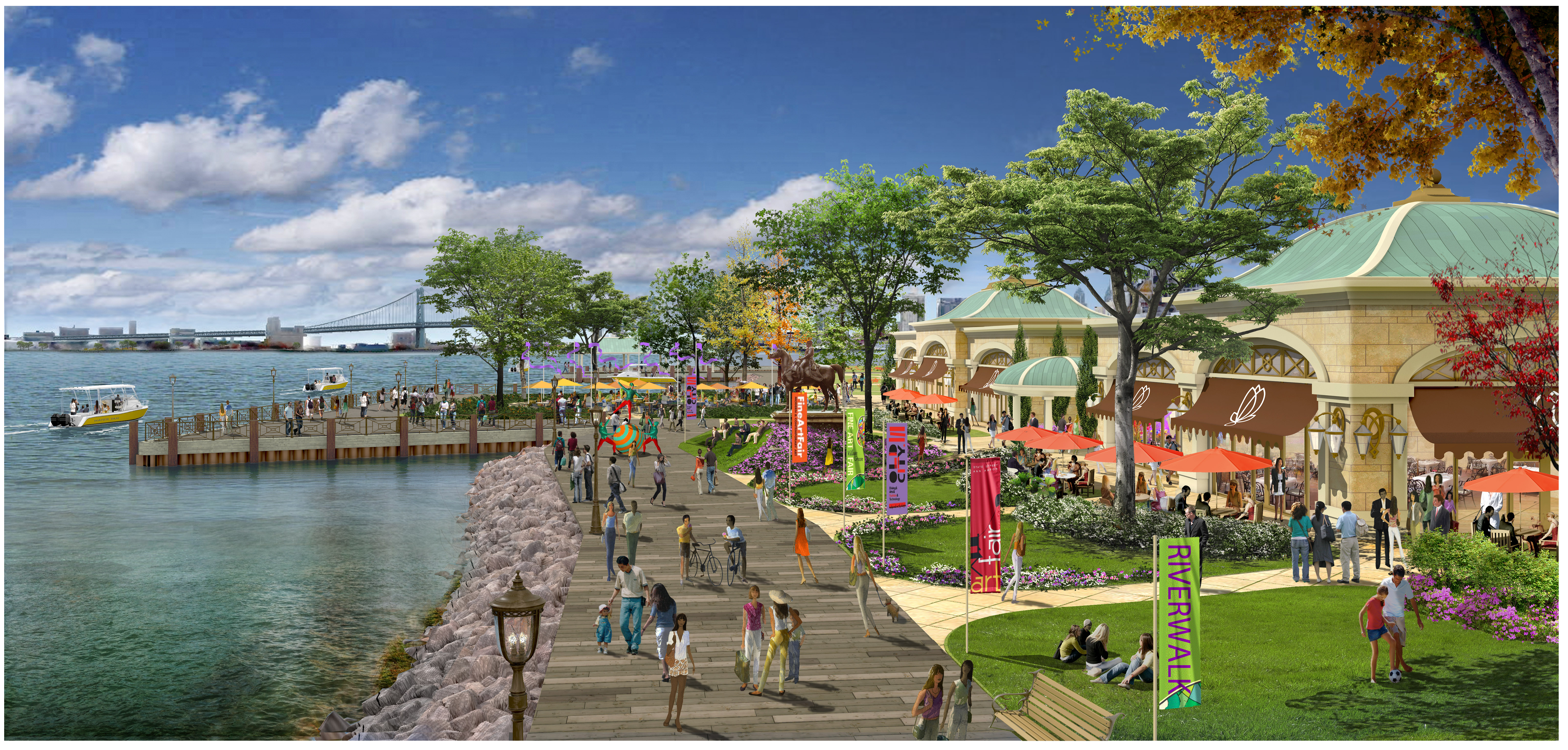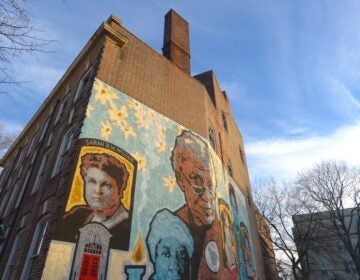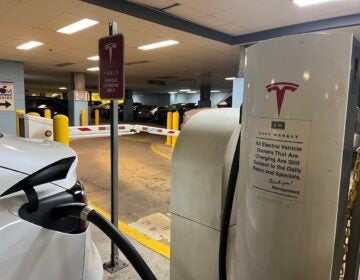CDAG to Wynn: Put more Philly in your Philadelphia casino proposal

If you get to build a casino in Philadelphia, make it look like it belongs in Philadelphia, members of the Central Delaware Advocacy Group told members of Steve Wynn’s team this week.
The current design submitted to the Pennsylvania Gaming Control Board as part of Wynn Philadelphia’s bid for the city’s second casino license is too generic, they said.
With Philadelphia’s rich history and culture, said board member Laura Lanza, it is disappointing not to see any of that symbolized in the project “or anything with a Philadelphia identity.” Instead, she said, it looked half like something from the ’60s, with some quasi-colonial touches thrown in.
Board member Jim Moss said the proposal looked identical to another design proposed near Boston. (Compare for yourself by visiting the Wynn Philadelphia website here and the Wynn Everett here.)
“Philadelphia is the kind of town where we think we have something to offer that’s distinct,” said CDAG Chairman Matt Ruben. Other towns are like that, too, Ruben noted, but perhaps none so strongly demands that projects reflect it.
Wynn project manager Terry McKenna, of Keating Consulting, said he would report these and the other feedback and concerns to the folks in Las Vegas. Wynn Resorts Director of Development Annie Allman told the group that every Wynn casino is tailored to its site, and that there is something unique about all of them. McKenna said Steve Wynn builds casinos as a means to build complete resorts – that’s the fun part for him.
In addition to 2,500 slot machines and 100 game tables, Allman and McKenna described large, luxurious hotel suites, a spa, restaurants, a 30,000-square foot nightclub, green space that includes a dog park, ice cream stand, skating rink and other features. The presentation included a new image of the waterfront portion of the project. McKenna said the $900 million Wynn Philadelphia casino would be “the largest private development in the history of Pennsylvania.”
CDAG is agnostic on casinos or any other specific use. The purpose of the group, which is made of representatives from riverfront neighborhood civic groups and other organizations, is to defend the principles of the city’s Master Plan for the Central Delaware Waterfront, Ruben said. Next week, CDAG will give testimony to the gaming board that will be based largely on the information it received from Wynn’s team at the meeting.
One of the key components of the Master Plan is riverfront access, and CDAG members praised the Wynn plan for its 22 acres of open space. Lanza wanted to know if there would be 24-hour security on the grounds. “I’d like to know, could I go there at 5 a.m. with my dog,” without safety concerns, she asked. “And will there be a cappuccino machine?”
No answer yet on the cappuccino machine, but the Wynn team assured Lanza the grounds would be secure.
Board member Rene Goodwin said the ability to walk in to the development, rather than drive, is a key component of urban design. She asked that Wynn always keep urban design, with a focus on filling neighborhood needs, in mind, if they get the license.
Many CDAG questions were auto-related, concerning both how cars would move in and around the 60-acre site and the 20-acre, 2,250-car garage.
Several CDAG members asked if that garage couldn’t be somehow shrunk. Rob Kettell noted if parking were stacked instead of a single story, it would free up additional land that could be used as open space. “I think that’s a lot of ground just for cars,” he said. Several members said that even if it were shrunk just a few feet, it could create more space between one corner and the Delaware River, where the river walk seemed pinched to them.
McKenna said that Wynn likes single-story, covered parking for the convenience of guests. He noted the parking was laid out so that visitors can park near whichever amenity they are seeking – night club, game tables, spa, or whatever else.
Allman said that with the garage as it is, there is still a lot of green space – 22 acres. By comparison, she noted, Penn Treaty Park is 6.9 acres.
She and McKenna both spoke of the garage’s 875,000-square foot green roof. Ruben asked if it was known yet whether that space would be accessible, and McKenna said it was not known, but it might not make sense, considering the other green space and the additional safety concerns of putting people on a roof.
Phil Stoltzfus, the CDAG member from Olde Richmond Civic, asked for a more detailed explanation of how vehicles would exit and enter the site. His particular concern: Casino-goers would flood Columbia Avenue with traffic.
McKenna told him there was no way to keep locals who know the surface streets from zipping down Columbia, but it is the route that would be indicated by the casino’s directional signs, so others won’t.
The location is on the former Cramp Shipyard site, and Kettell asked if there would be any archaeology done. McKenna said some of the federal permits that would be needed to build on the site require a study, and preliminary work is underway.
Olde Richmond resident Mike Marko, who was in the audience, asked the team to take one request to Steve Wynn: Please build a fishing pier, or at least allow people to fish from the property. People fish from the property now, he said.
McKenna said he’d deliver the message.
WHYY is your source for fact-based, in-depth journalism and information. As a nonprofit organization, we rely on financial support from readers like you. Please give today.






